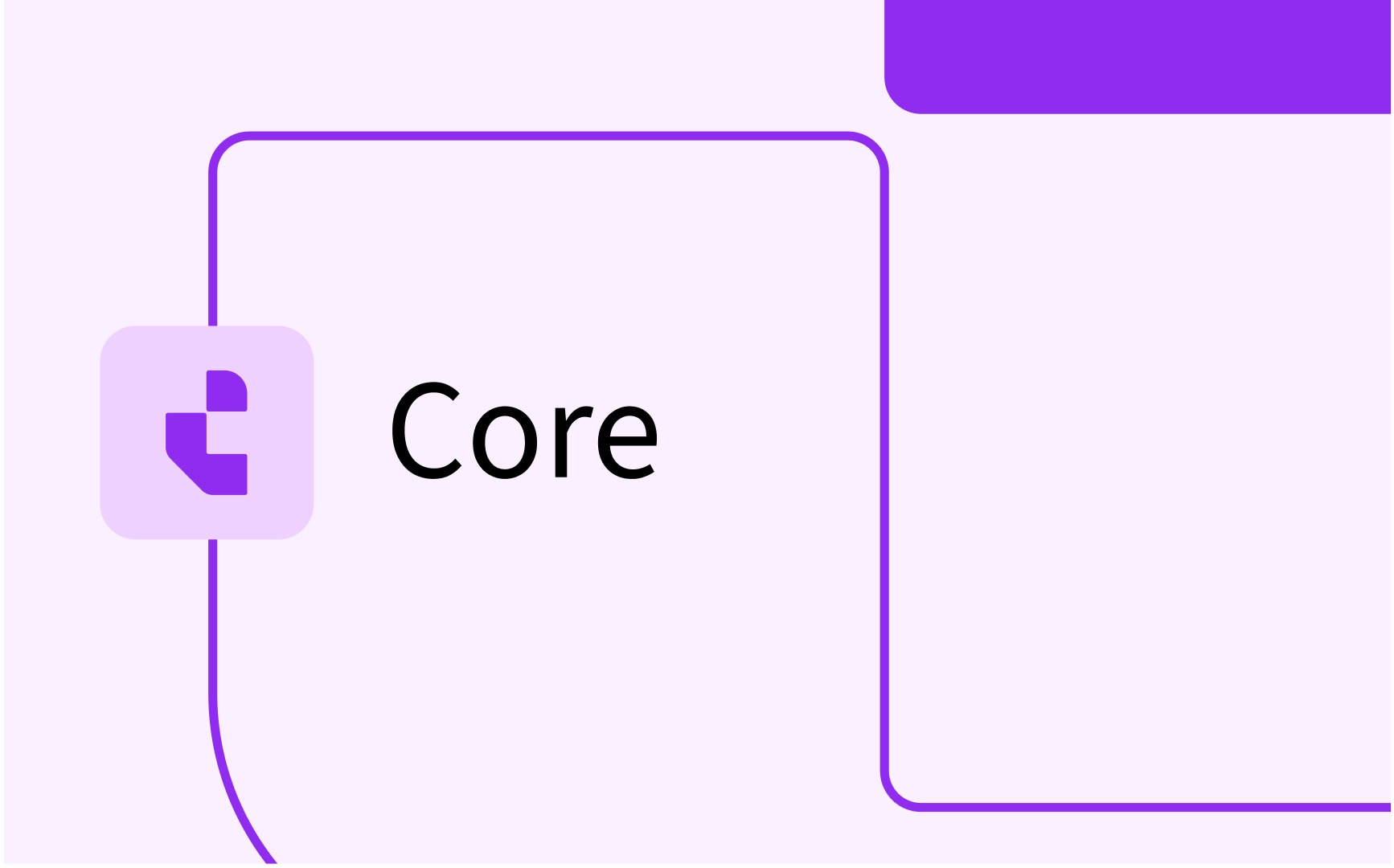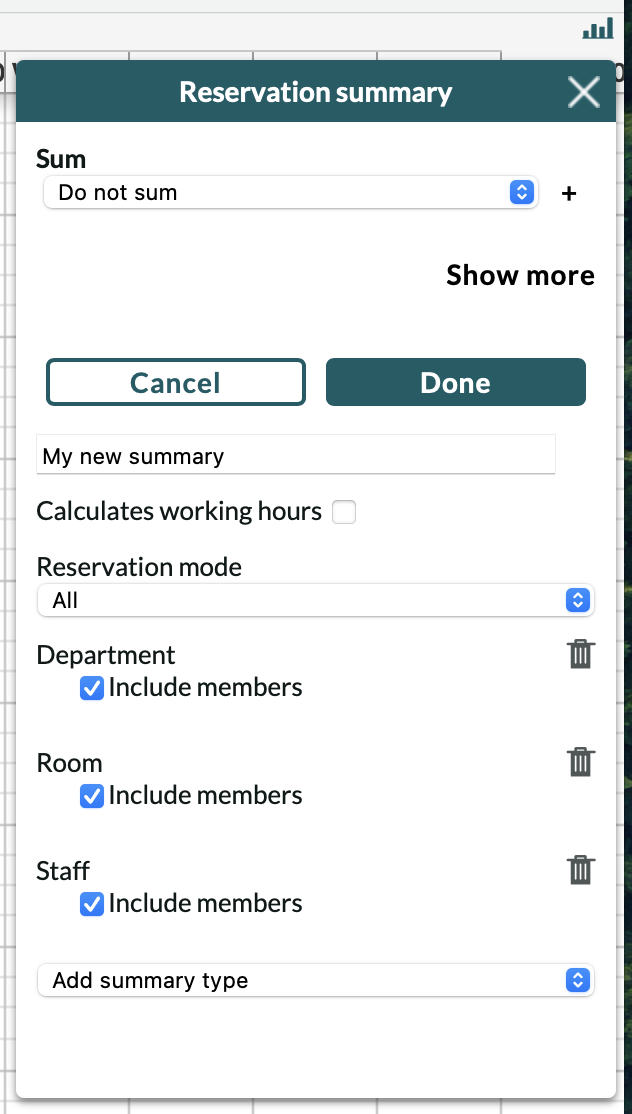Using Reservation Summaries

- In this lesson:
- 1What is a Reservation Summary?
- 2Creating an a Reservation Summary
- 3How to Use a Reservation Summary
- 4
- 5
- 6
- 7
- 8
- 9
- 10
- 11
What is a Reservation Summary?
When reservation summary is enabled, a calendar can display summaries of what is booked, divided by objects of the types included in the summary. For example, a summary can show how many hours each teacher is booked, distributed across the courses that are booked. The summary always counts the reservations that are currently visible in the calendar and updates as soon as reservations or the selection list change.
Creating an a Reservation Summary
To allow users to summarize bookings, administrators must first create one or more summaries. All users can see and use all the summaries you create, but only administrators can create new ones and modify existing ones.
To create a summary, follow these steps:
- Click the summary button in the upper right corner of a calendar.
- In the opened menu, click the plus sign to add a new Summary

- Enter a name for the new Summary and select which object types it should include, by selecting them in the "Add summary type" dropdown

Note: You can include multiple types in the same reservation summary. To add additional types, use the dropdown list again and select another type. It will be placed below the previous selection.
It might look like our example below, where we have selected "Department," "Room," and "Staff."

When you are satisfied with the selections for your summary, click the "Done" button. The reservation summary will be added, visible, and available for all users of the schedule.
How to Use a Reservation Summary
To use a summary in your calendar, click the summary button at the top right as shown in the images earlier in this article and select the summary your functional manager has set up, which you want to use in your own calendar.
The totals update in real-time as you make selections in the selection list, and create and modify bookings.
If a calendar has an object header, the header's type must be included in the summary for calculations to occur. A summary without the type in the header will not yield any results.

If you click "Show More," you can choose how the summary times should be presented.
Additionally, if the calendar is in cluster mode, you can choose to display totals for only one of the calendar's weeks. Normally, summaries are shown for all the time currently visible in the calendar. Presentation of summary time is a personal setting, meaning it is set per user and not for everyone when using a summary.





